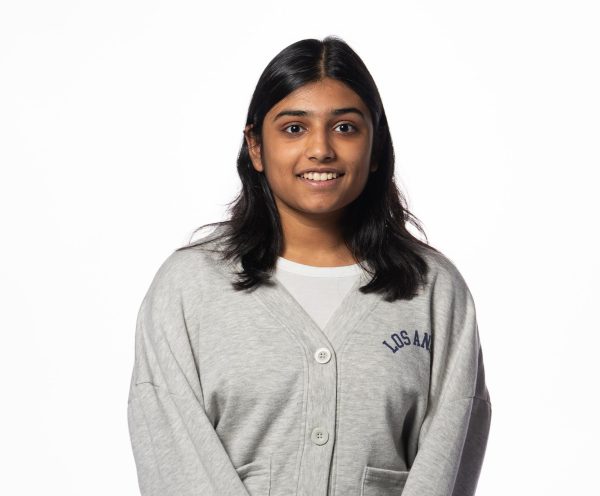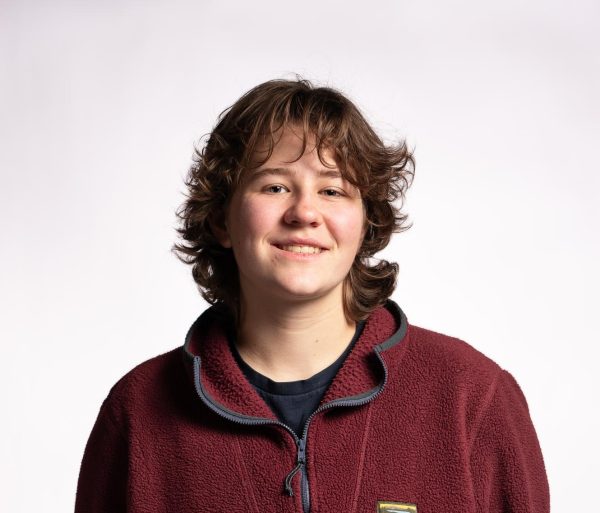Every hand gesture and pose has a different meaning. Every expression reveals something new. During sophomore Sahasra Mandalapu’s dance performance, she tells a story. Each beat and each footstep brings an ancient tale to life, rich in illustration and possibility. As Mandalapu leaps across the stage, bedecked in sparkling gold jewelry and a colorful sari, this moment transports the audience to another world.
This is the magic of bharatanatyam dance, a 2,000-year-old classical Indian dance style.
Mandalapu’s passion for dance started at an early age. She began learning bharatanatyam at 7 and began learning ballet even earlier at 4. Now, alongside learning lyrical, jazz, hip hop and pointe, Mandalapu attends bharatanatyam lessons regularly and assists with classes.
“What I love about [bharatanatyam] and what makes it so unique to me [is that] not a lot of other people do it,” Mandalapu said. “It’s the unique aspect of it that I like. I love dancing fast. The rhythm is so different from ballet, and I think that’s what makes it interesting.”
Although Mandalapu has always had an affinity for dance, her motivation to begin attending classical Indian dance lessons came from the heart.
“[Dance] has given me a way to connect with my culture,” Mandalapu said. “My parents were raised in India, so it was different for them. I’m born and raised in the United States, so it’s different here for me. It just gives me an opportunity to learn more about my culture and what makes it so unique.”
Currently, Mandalapu performs two bharatanatyam dances a year, which is what she has done since 2015. The preparation for these annual shows is grueling, since each dance takes a full year of dedicated practice to learn.
“[Bharatanatyam is] very intricate,” Mandalapu said. “You have to worry about what your hands are doing, what your legs are doing and where you are spacing-wise. You have to pay attention to all the details and especially the rhythm because of the music you’re dancing to. If you do the steps, but it’s not on beat, it ruins the image of it, and it ruins the flow of the dance.”
Learning all these dances takes time and motivation. Mandalapu’s mom, Syamala Komaravolu, has seen her commitment and diligence to it firsthand.
“Between ballet and bharatanatyam, [Sahasra] does about 12 hours per week [of classes],” Komaravolu said. “But if it is recital or performance time, from October to December, that will add another six hours. So, that means [she spends] close to 18 to 20 hours on dance [per week].”
Maintaining this schedule comes with challenges. It’s a balancing act Mandalapu has fine-tuned over the years.
“I try my best to manage my time [and make] sure that I prioritize things,” Mandalapu said. “Dance is very important to me, but it isn’t as big of a priority as other things, like making sure my grades are up, or studying and making sure I’m feeling confident in other areas. I try to make sure that I leave enough time to do everything in my schedule.”
Throughout Mandalapu’s dance journey, her parents have been a source of constant support, enabling her to stay dedicated despite challenges.
“We have to drive her, rain or shine; we have to take her even on snowy days,” Komaravolu said. “We always [try to be] with her, because it’s her passion. Somehow we balance, and as parents, we are always there to drive her [and] support her wherever she needs.”
Famed bharatanatyam dancer Asha Prem has taught Mandalapu Indian dance since 2015. Asha began her company, Dances of India, in 1976 to teach and raise awareness about Indian culture. It is one of the oldest classical Indian dance companies in the United States.
“[Bharatanatyam] starts with basic foot positions, just like ballet,” Asha said. “Then we go into details of the footwork and hand movements, because the dance style is so disciplined in a sense. The beauty of the dance is it looks graceful when a person does it with very nice, stiff movements. If not, then it doesn’t look good.”
Decades spent teaching students bharatanatyam has shown Asha that dance changes a person in several ways.
“In general, whether it’s ballet or Indian dance, when a serious dancer walks into a room, you can always tell she’s a dancer,” Asha said. “It just shows because of the gait, the posture, everything that comes with dancing. To get all those things, one has to dance practically every day.”
After years of mentoring Mandalapu, Asha has watched her develop into a talented bharatanatyam performer who has benefitted from the work she puts into learning different types of dance.
“I think [Sahasra] does practice, and then because she’s learning modern dance and ballet, it adds to the body movements and everything,” Asha said.
Asha’s daughter, Nartana Prem, is a Ladue High School alum and bharatanatyam dancer who now helps her mom run the company. Like Mandalapu, Nartana has spent her whole life surrounded by dance, which means she has considerable experience in performing it.
“One of the reasons [bharatanatyam] was created was to convey the stories and mythologies and legends from India to people who couldn’t read,” Nartana said. “Through our hand movements and expressions, [we] tell a story. What’s interesting is that in a dance, the stories will come alive. So, a story that is 2,000 years old can come alive right in front of your eyes.”
This cultural aspect of bharatanatyam is integral to the dance. Many performances that Mandalapu has done take inspiration from ancient Hindu mythology, and often reference different deities and their roles in Indian myths. This cultural connection has helped Mandalapu gain a deep understanding of her heritage.
“Through dancing, I’ve learned a ton of new stories about my culture that I wouldn’t have learned before,” Mandalapu said. “I’ve been introduced to different aspects of my culture and different stories that have helped me through life. So, I would say bharatanatyam has definitely strengthened my ties with my culture.”
Back when Asha founded her dance company, there was little knowledge of Indian culture in St. Louis and scarce opportunities for people to learn about the types of Indian dance. Though there is more awareness now, part of Nartana’s role in the company is to adapt bharatanatyam to be understandable to a modern audience.
“At the performances, we try very hard to connect to a contemporary general audience because half of our audience is not Indian,” Nartana said. “People know about India, but they don’t really know about the art and culture. [So], we bring fresh approaches to mythology and stories to bring them alive.”
One way in which Dances of India has made bharatanatyam more accessible to a larger community is by choreographing traditional dances with a modern touch. Nartana worked closely with Mandalapu and other students to bring this vision to life in the annual show, and this experience has shown her how much Mandalapu has advanced in learning bharatanatyam.
“[Sahasra is] a very graceful dancer,” Nartana said. “I saw her in the Nutcracker this year as well. I think it’s great that she’s doing two different styles of dance. She’s certainly grown as a dancer.”
Komaravolu has always been a staunch supporter of her daughter’s passion for bharatanatyam. She hoped that it would bring Mandalapu a closer connection and understanding of her culture despite growing up in America.
“Bharatanatyam is an Indian family dance,” Komaravolu said. “If you perceive India as your country and family, then it is [like] learning your family dance. With dance, they learn more [about the] culture behind it.”
One thing that Mandalapu has grown to love about dance is the community. Once mainly nonexistent in St. Louis, it now thrives because of the efforts of people like Asha and Nartana and the community’s support.
“We feel really grateful to the St. Louis community, the entire community, for supporting [Dances of India] for so many years,” Nartana said. “It’s hard for a classical art that’s foreign to survive anywhere, even for ballet. The classical arts always have difficulties. So, we’re grateful that we’re able to survive and keep going.”
In today’s day and age, much has changed about the awareness of foreign cultures and their dances. There are many more opportunities for classical Indian dance to find an audience, through the numerous cultural events and community exhibits that are offered. For Mandalapu, the expanding dance community has allowed her to forge long-lasting friendships and new experiences.
“[The dance community has] a really strong community of friends and people that support me and that I can go to if I need anything, and I’m grateful for the opportunity to meet them because they’re such wonderful and talented people,” Mandalapu said. “Through them, I’ve had other experiences and other opportunities in the community. So, I’ve met a ton of other people through bharatanatyam that without [it], I wouldn’t have been able to meet.”
In the future, Mandalapu plans to do an arangetram, a graduation dance that a bharatanatyam dancer completes to mark the end of their learning. It is typically comprised of eight dances, with each paying homage to a different aspect of a dancer’s bharatanatyam journey.
“The graduation of dance is not the end of dance,” Asha said. “It’s just that one is ready to portray oneself on the stage from then onwards, and work hard to gain more experience. When [some dancers] do the arangetram, they think it’s all done. It’s not done. That’s just the beginning.”
According to Mandalapu, completing her arangetram is not the end of her passion for dance. While she isn’t certain about the future and her dance journey, it will always be an important part of Mandalapu’s life.
“I hope to be able to continue [dancing] in the future, because I will always have a passion for dance even if I don’t do it [as much],” Mandalapu said. “I have thought about dancing in college or taking classes whenever I can, but that isn’t set in stone just yet. Dance has always been a huge part of my life to this day, and I see myself trying to find a way to continue in the future.”



![Sophomore Sahasra Mandalapu practices bharatanatyam choreography in class. These new dances will be performed in an annual show in February. Mandalapu found that practicing in class helped her overcome stage fright during her performances. “When [I] get on stage, I'm nervous I'm going to forget, even though I've done it for so long,” Mandalapu said. “There's still that little bit of stage fright [when] I second-guess myself that I don't know it enough, but I do because I've been practicing for a whole year.”](https://laduepublications.com/wp-content/uploads/2024/04/Sahasra-6-Large.jpeg)
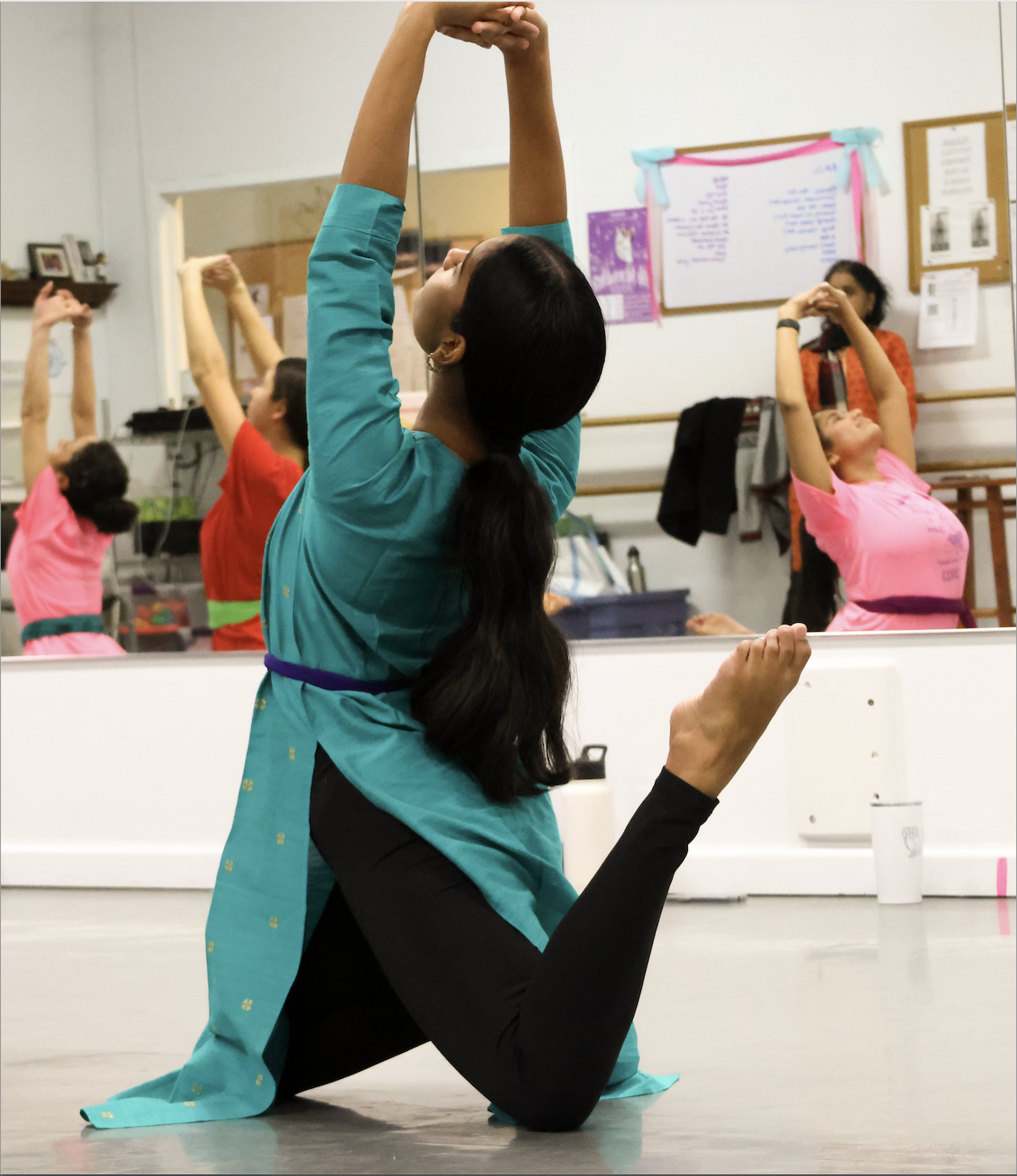
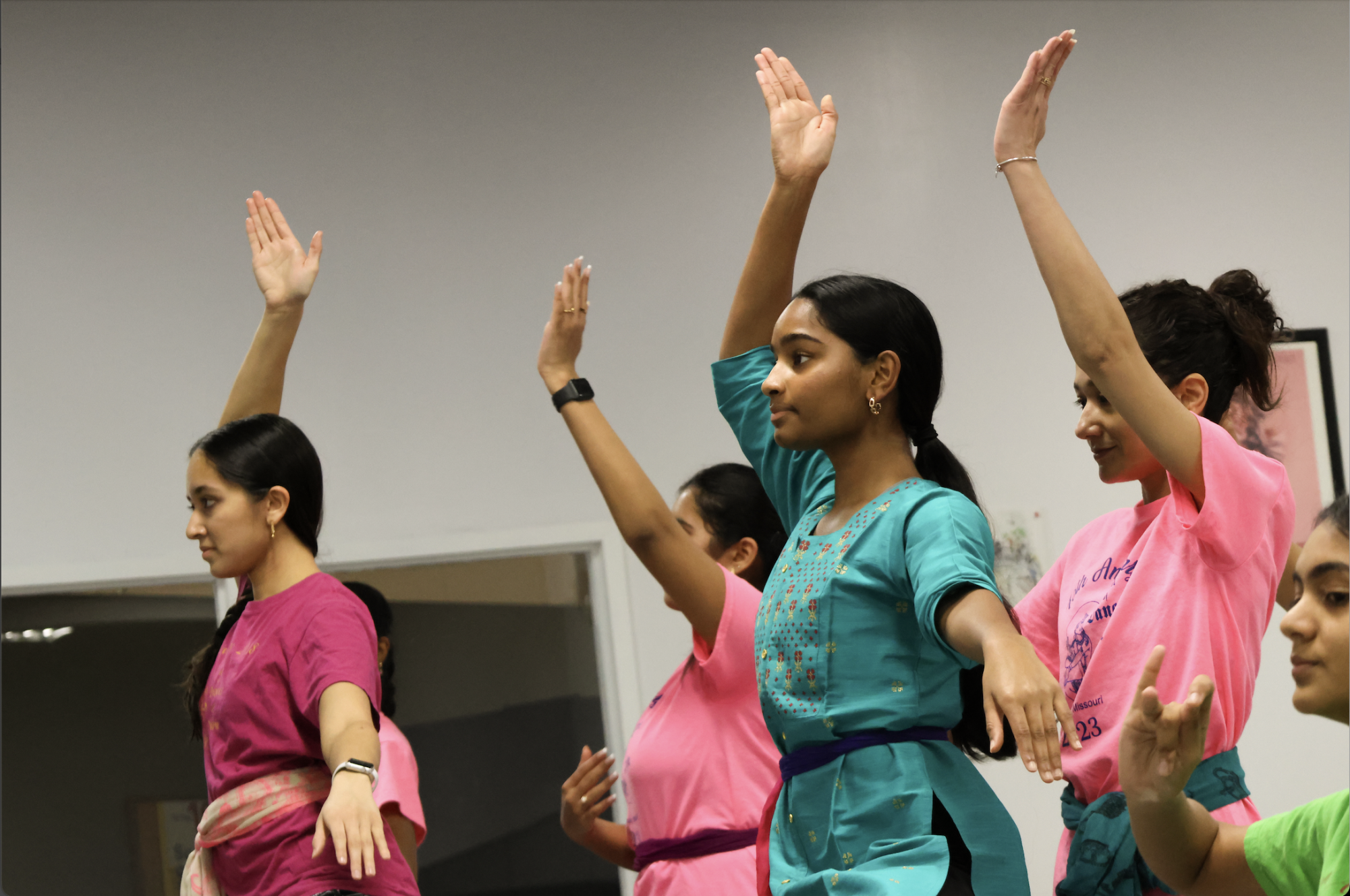
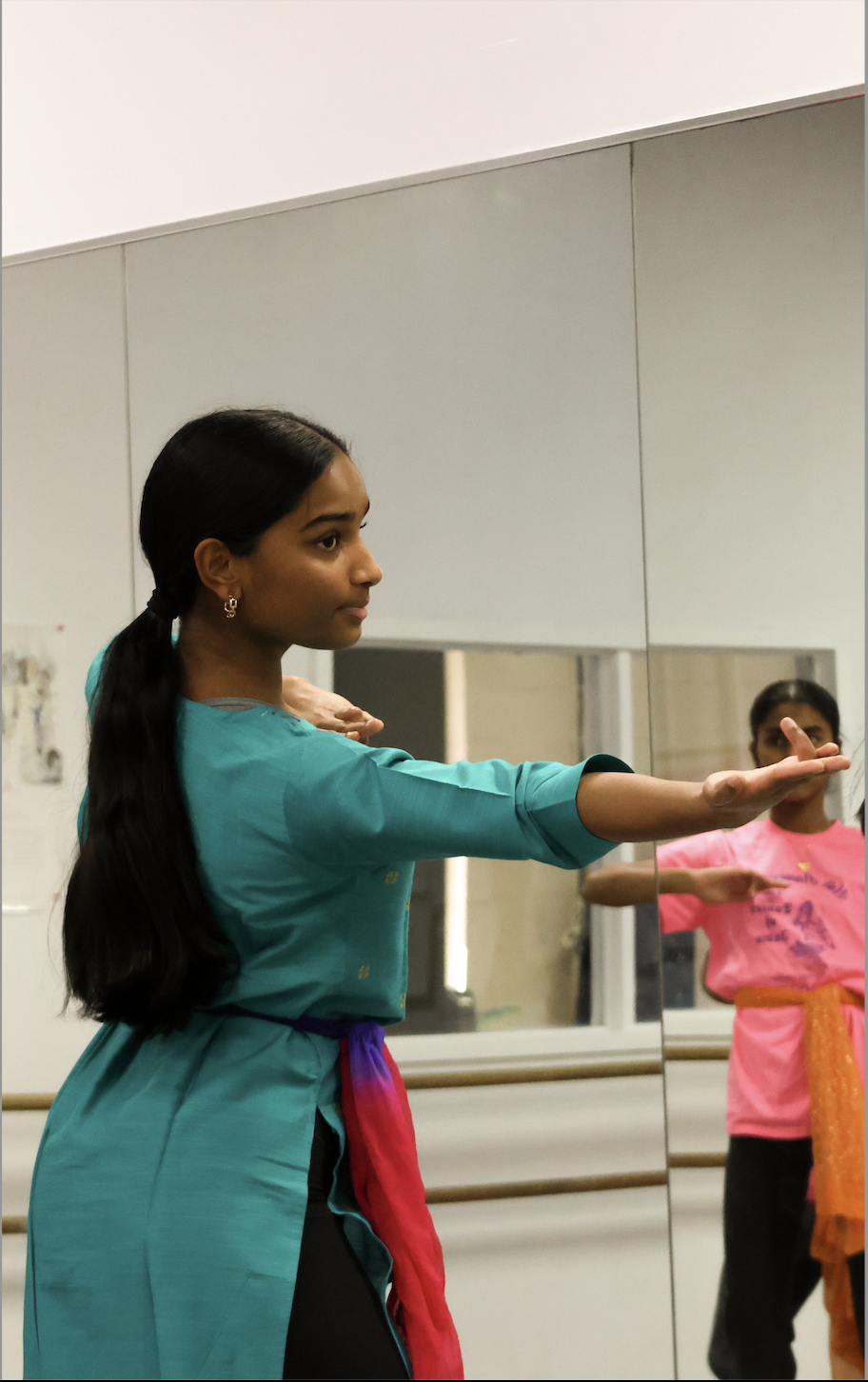
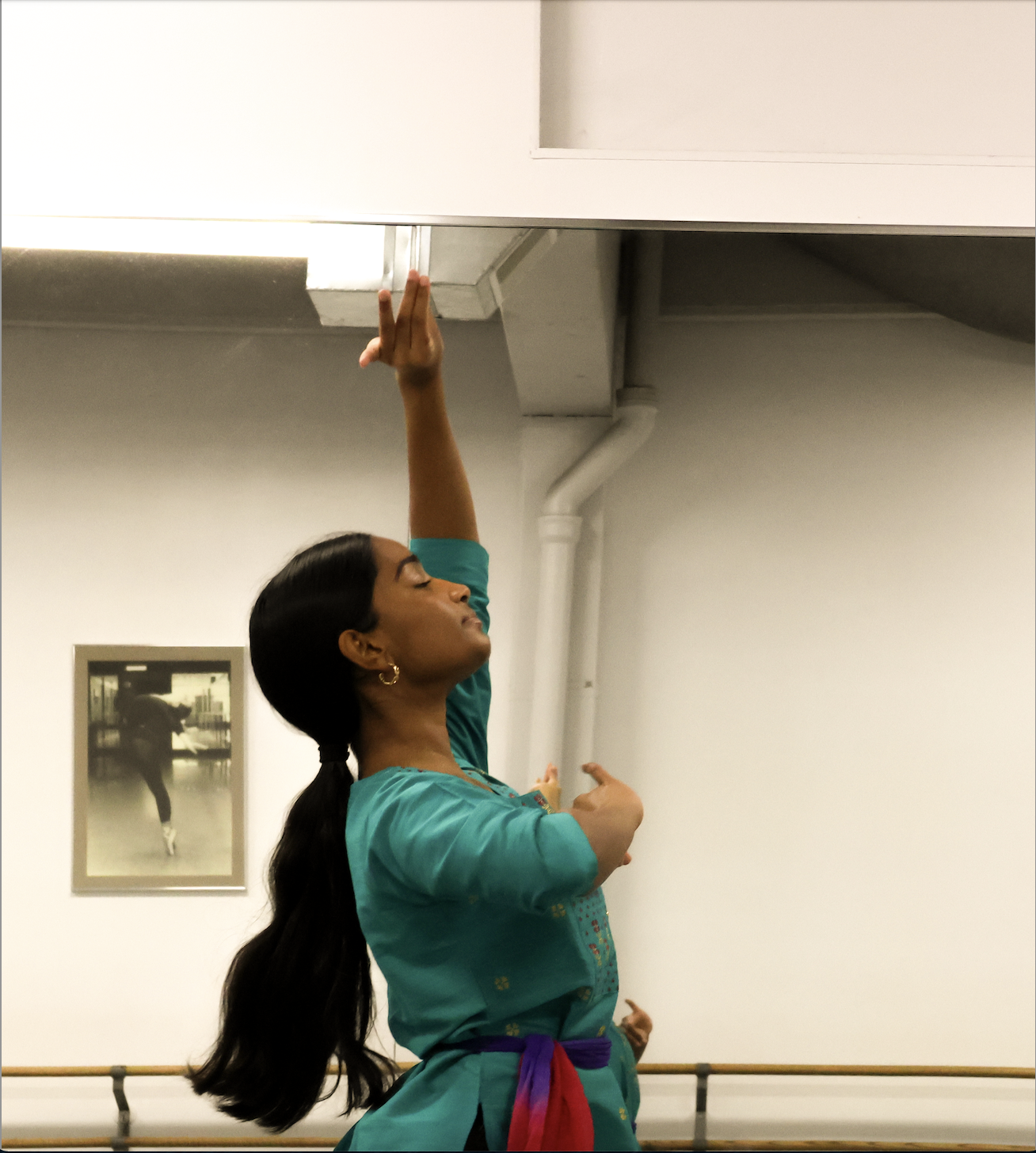
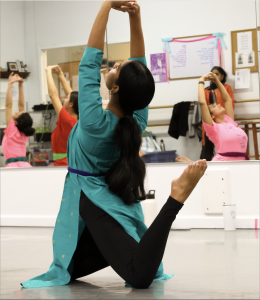
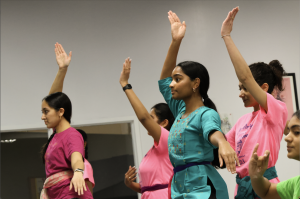
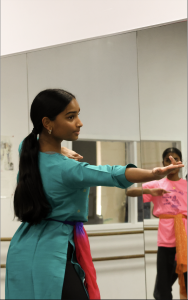
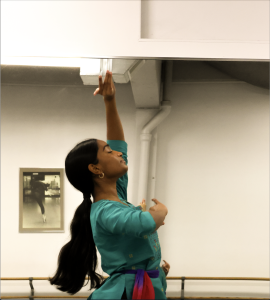
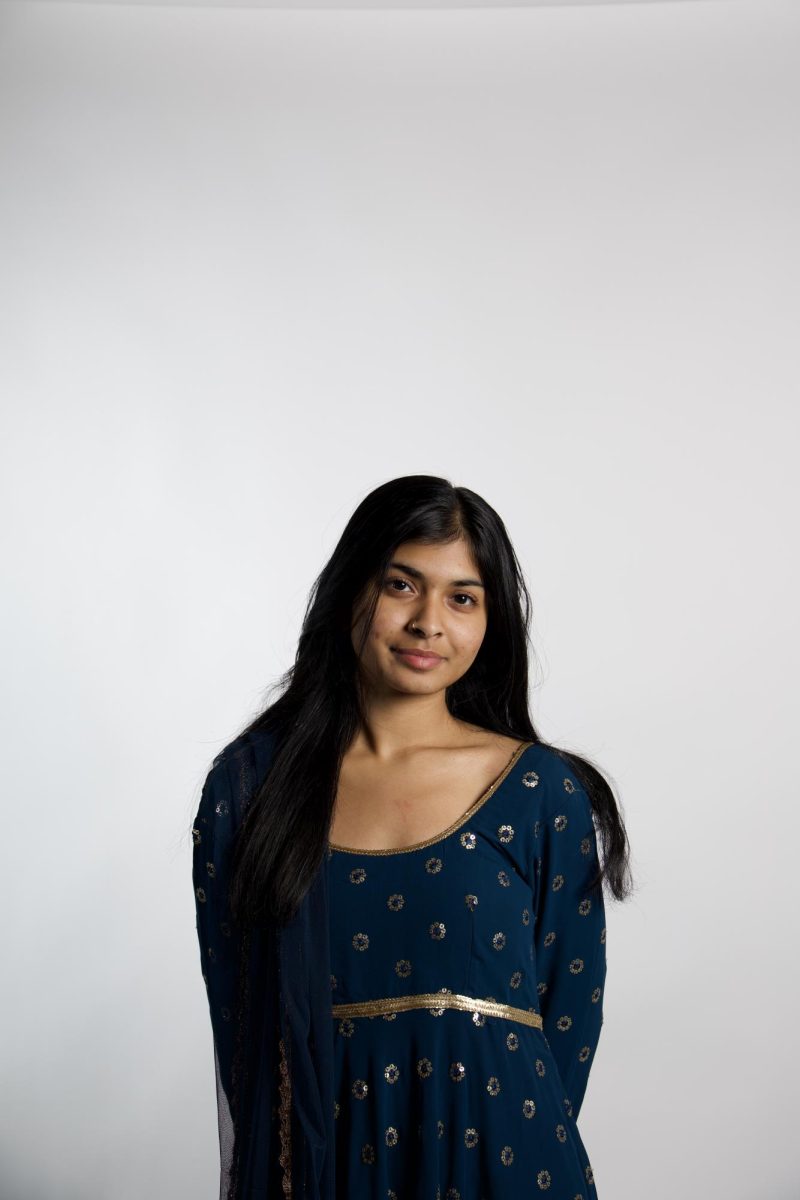

![School resource officer Rick Ramirez sits in his office. He usually spends little time in his office throughout his day of work, focusing on other issues. “Where our students are, I try to be,” Ramirez said. “Sometimes I get off at 2:45 p.m. when nothing’s going on, or sometimes I get off at 10 p.m. [Those are] my hours.”](https://laduepublications.com/wp-content/uploads/2024/12/Hsiao_20241203_ID_RickRamirez_007-799x1200.jpg)
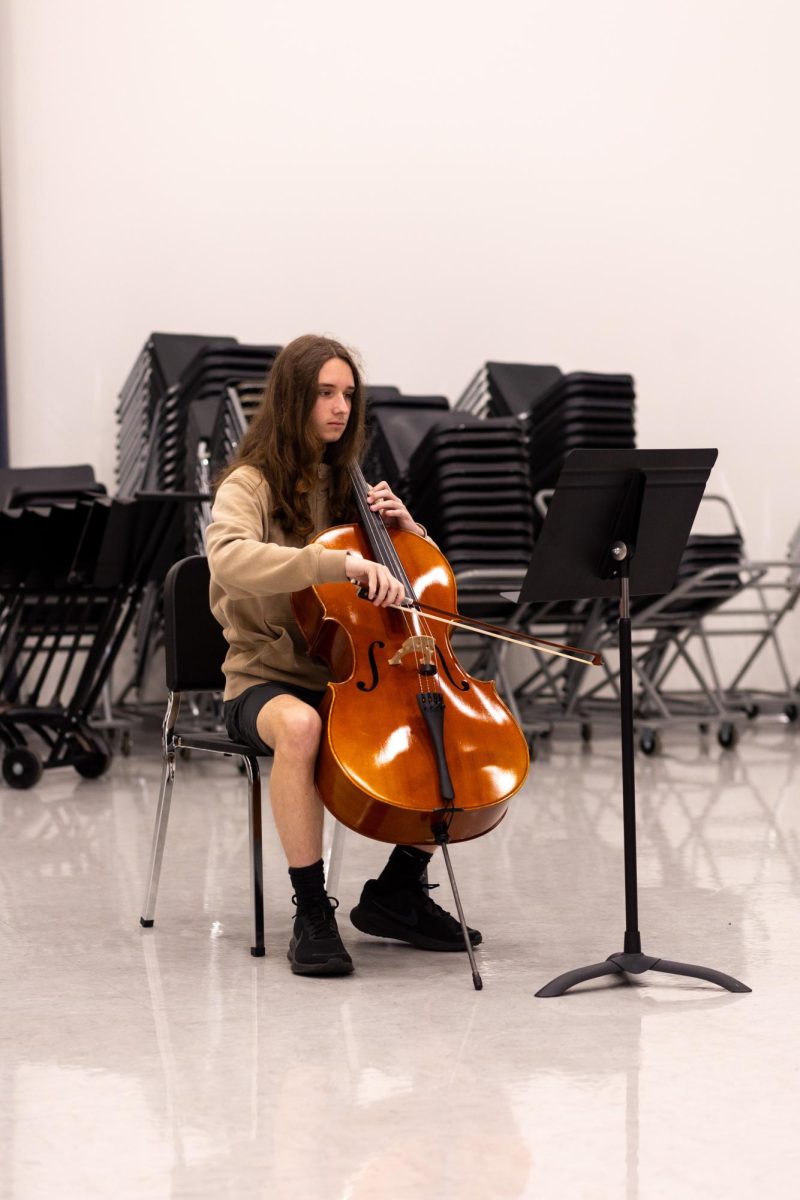
![Reva poses in front of her home and address plaque. After reuniting with her father and grandparents, she has made many new memories and retained her culture. “We have a lot of Indian cooking going on,” Reva said. “I also like telling people about Indian food, mainly because that’s something that really connects me to [Mumbai].”](https://laduepublications.com/wp-content/uploads/2024/12/At-Home-1200x799.jpg)

